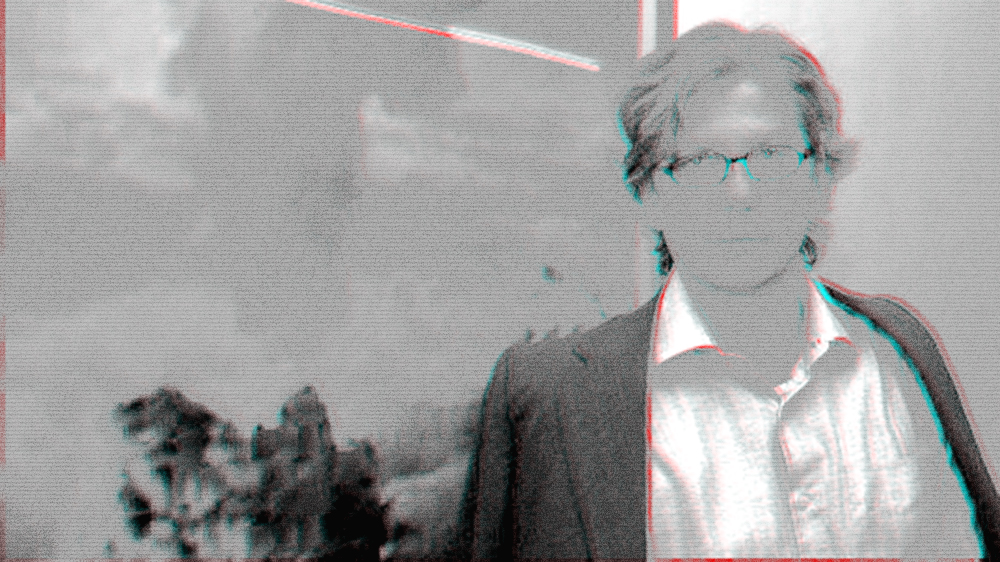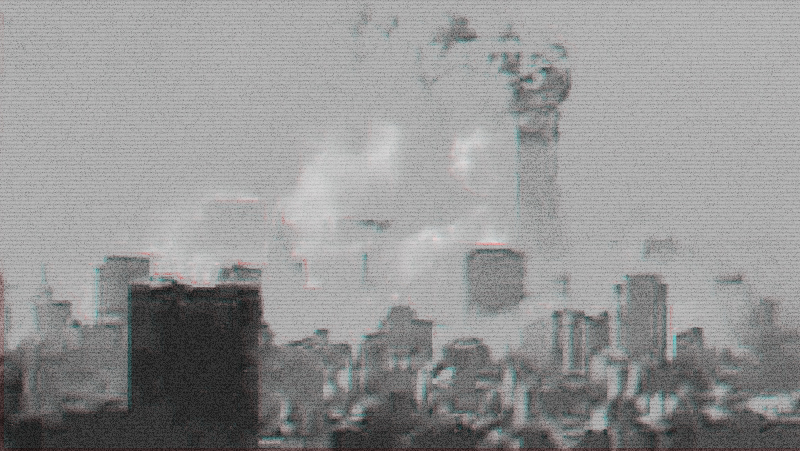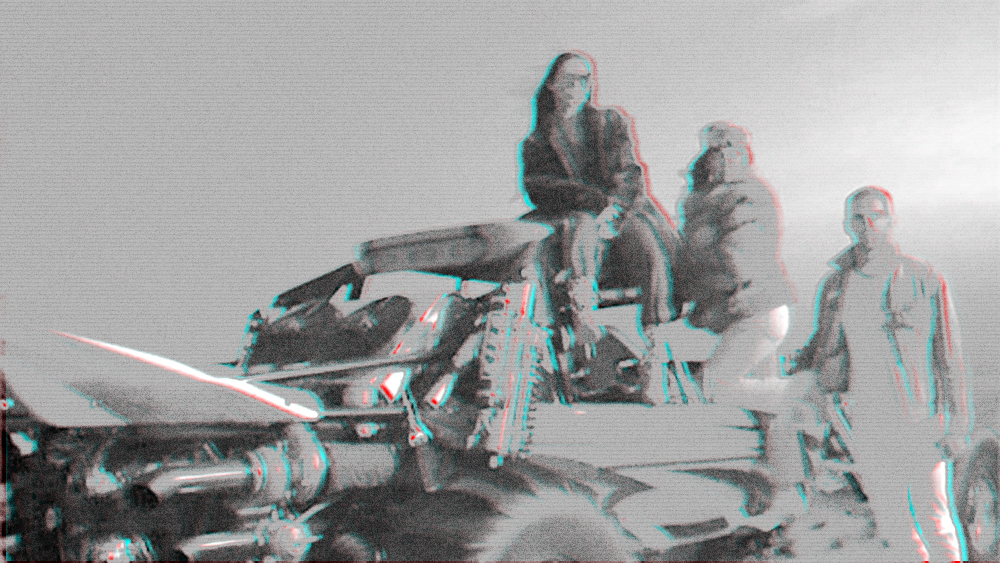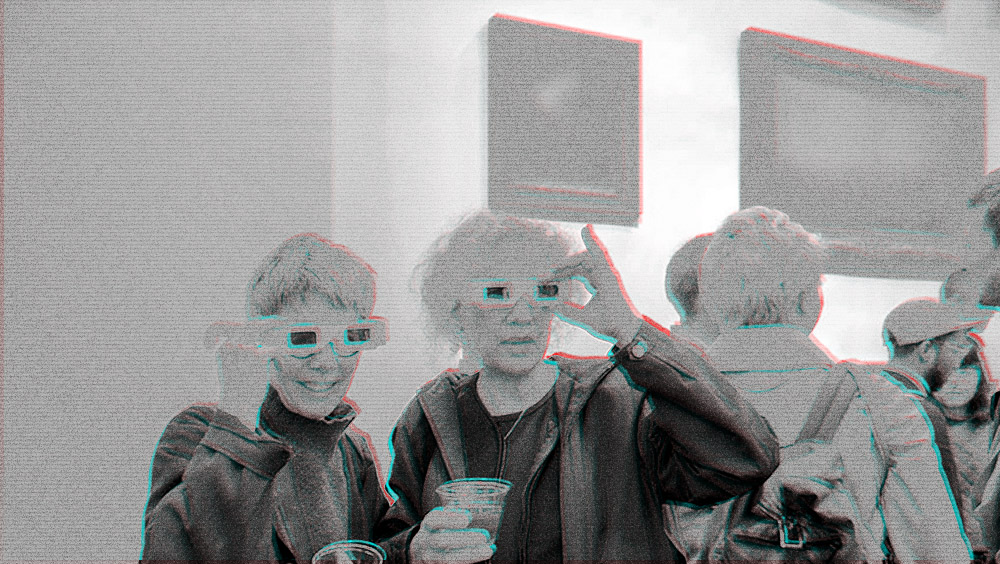Thomas Ruff is a German photographer known for a series of uniform portraits he began taking in 1990. Each photograph is carefully staged in a studio to recreate the same narrow depth-of-field, sharp focus, white background and blank expression of the sitter. The neutrality of these images recall the kind of shots used in passports for purposes of identification. In fact the sitters become generic types; their existence as individuals is blocked by the blank charisma of the picture’s style. Using a rigorous method, Ruff directs attention away from the subjects. In turn, he also makes the viewer aware of the physiognomy of each face, as we scour every detail down to the last pore and hair. For this reason his portraits can be considered a manifesto of high-definition. However, Ruff also embraces the low-resolution aesthetic.

The Nacht series (1992-96) was shot at night using a 35mm camera and a Zeiss equipment with the ability to amplify available light. These images feature external scenes of suburbia photographed in and around the Düsseldorf area, where the artist lives. The works employ the visual vocabulary of long-lens night-vision surveillance photography; in fact the camera’s light-intensifier produces the signature greenish glow. This technology was used during the Gulf War to identify targets and gather intelligence. As with much of Ruff’s work, there is a political implication in the use of the camera to observe and document, and in these works in particular, the ability to make the invisible visible. Ruff also used a two-meter-wide-format camera to elevate the images beyond the status of functional photography.
In these photographs the medium has a fundamental role, as it conveys the aesthetic appearance of the work. The smoky-green tint and the blurred, low-res effect transform these images in artworks. Ruff is well aware of the aesthetic power of the medium, as he states: “I think the success of the Dusseldorf photographers in the art world has to do with the precision with which we use our medium. Since World War II, photography has been taught in many places in Germany; but there are only a few schools where it was taught in a noncommercial, artistic way”. By adhering to a set of strict, self-imposed guidelines, Ruff’s images declare the conditions of their making; a characteristic used by the German photographer to call into question the notion of photographic truth. “Photography lies because it purports to represent reality; but a photograph remains a picture, and photography is merely a technique for the creation of pictures, just like painting”.






